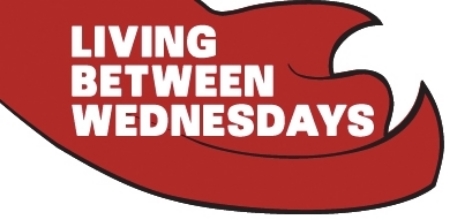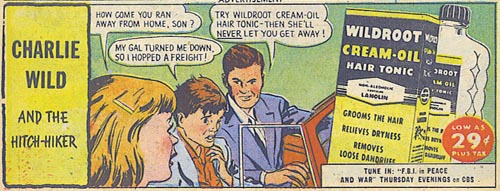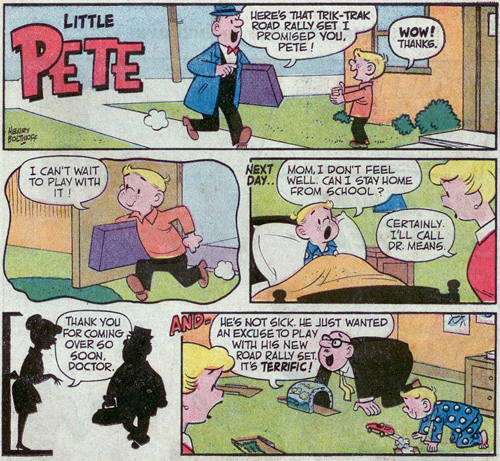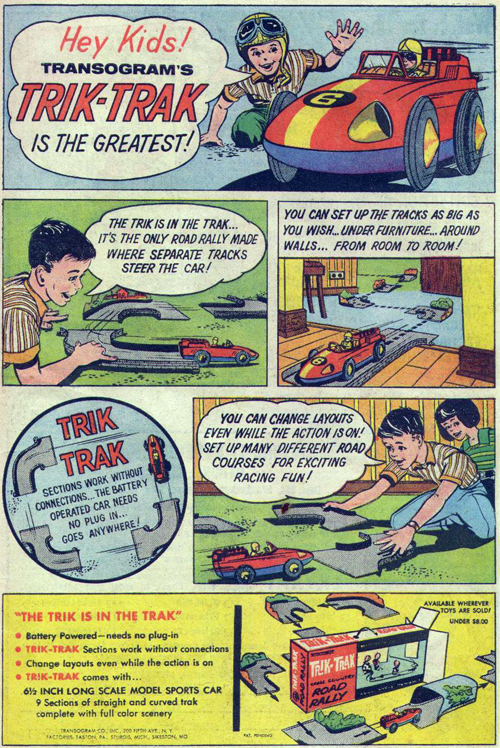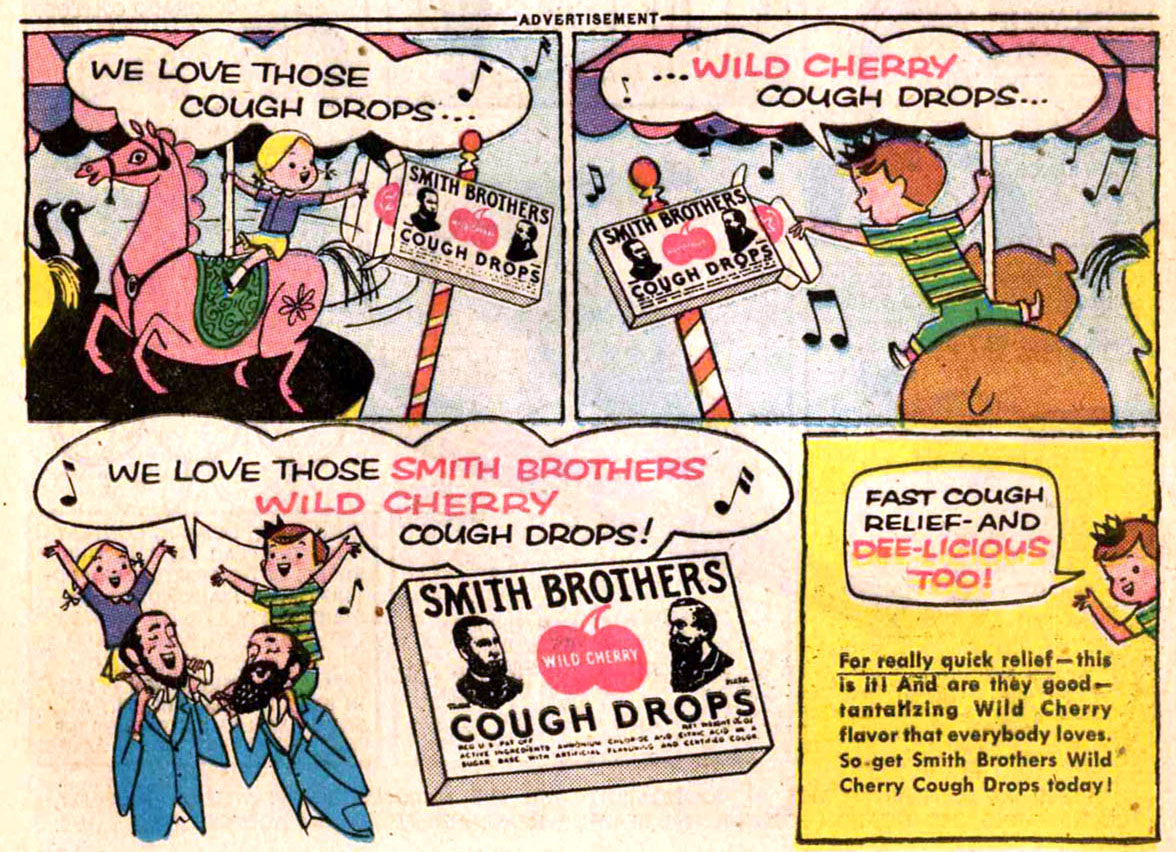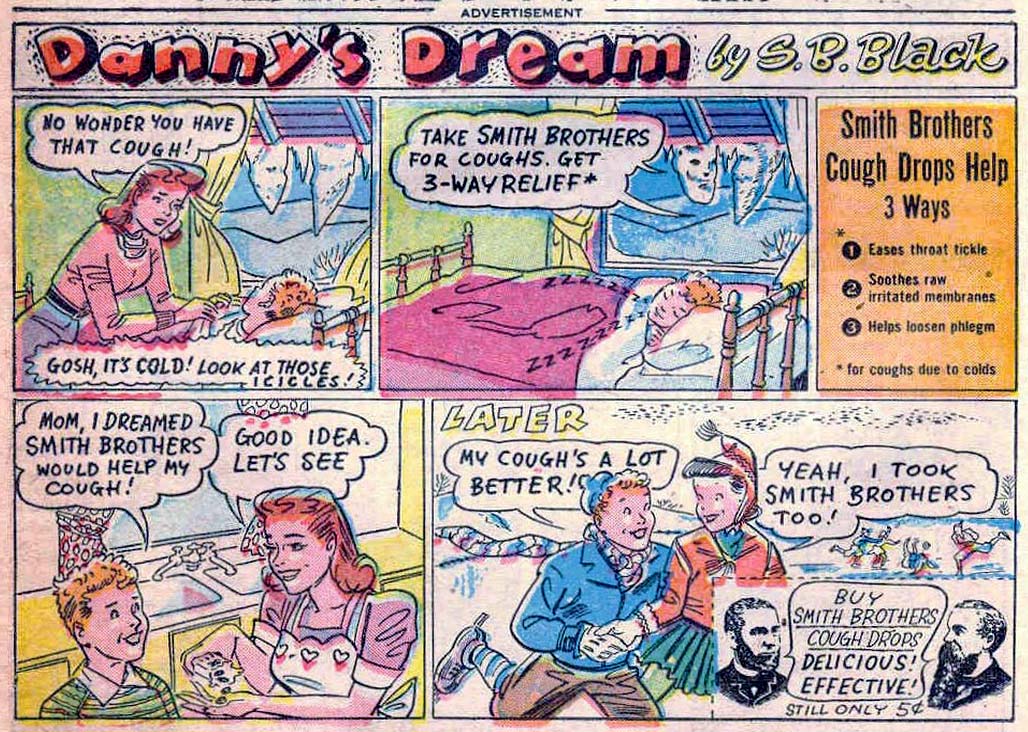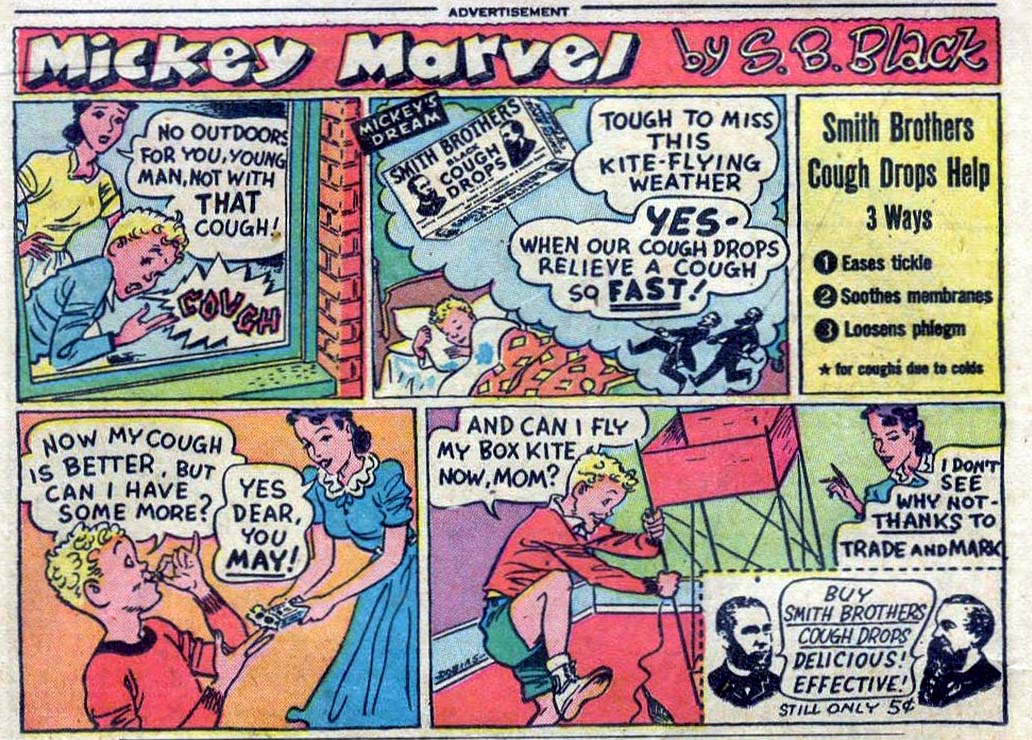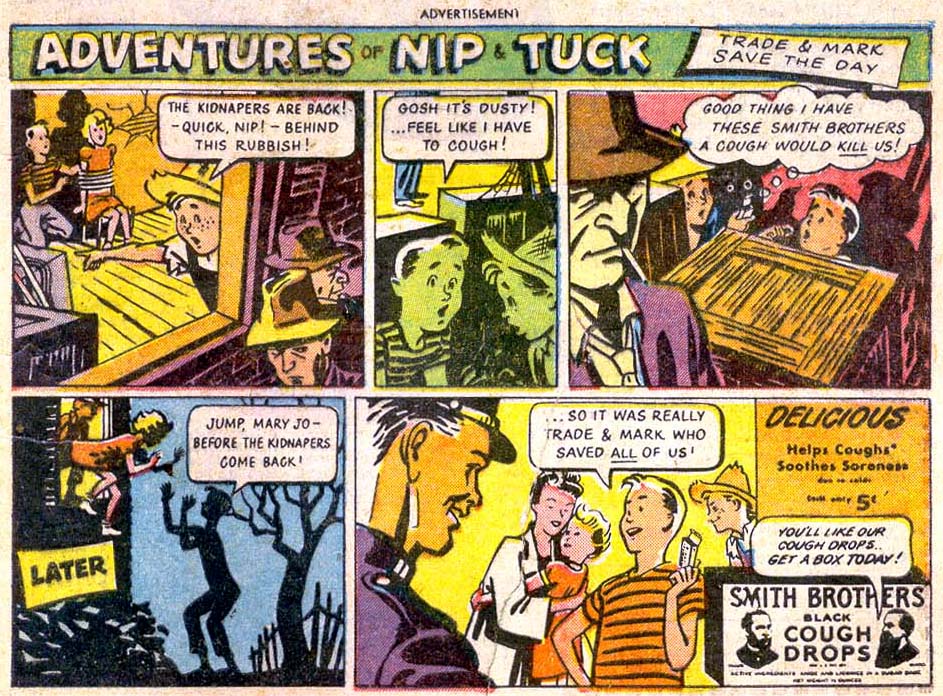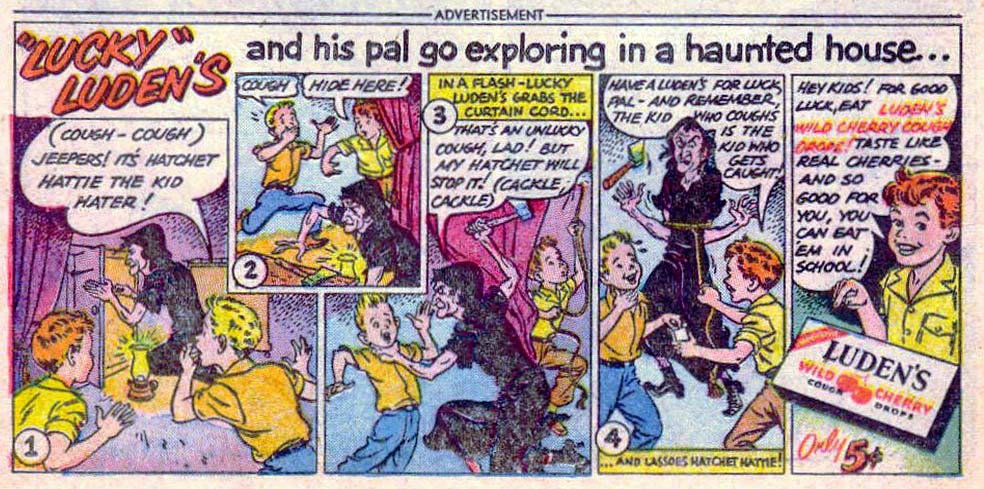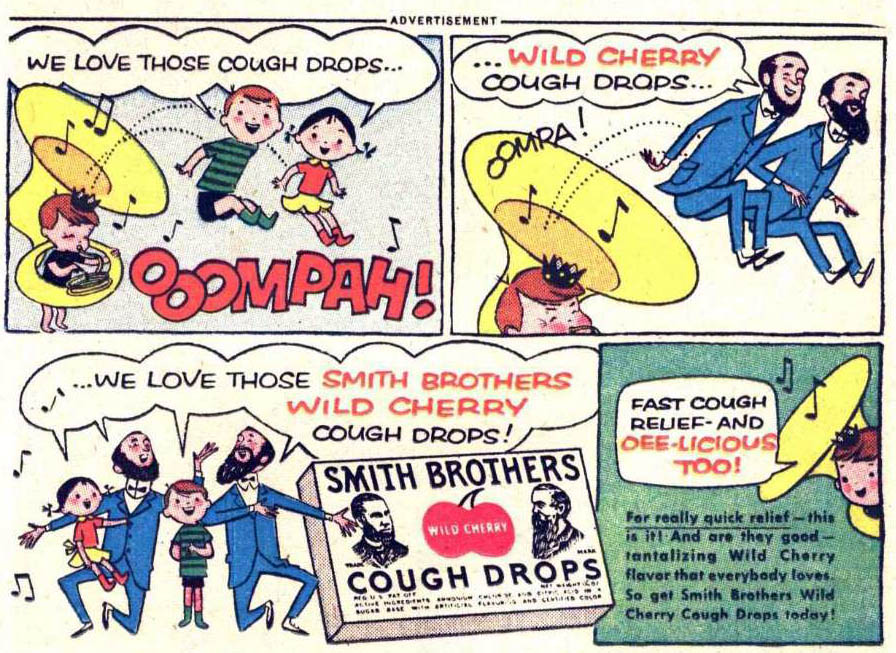As I mentioned in my review of The Bulletproof Coffin yesterday, Shaky Kane and David HIne have referenced one of my very faourite pieces of occult claptrap, Ka-Bala, which possibly hasn't seen the light of day since Grant Morrison stuck a working one under the Pentagon in some of the weirdest issues of his run on the Doom Patrol.

I originally fell in love with Ka-Bala thanks to this ad, which is not only a study in hyperbole but an interesting look at what 1967 advertisers thought children might be interested enough in to dabble in the black arts. After some examination, however, I became extremely impressed with the inclusiveness of the mystic experience presented by Ka-Bala. Firstly, as can be seen here, the glowy effects seen above are no lie: that sucker is made out of luminous plastic, and the Eye of Zohar has its own little clip-on halo. And speaking of the Eye:

Both the Eye and the game itself almost certainly derive their names from Cabbala/Kabbalah, the Jewish mystical tradition, in which Zohar is the most important text, and probably not a glowing, ever-revolving eye. As well, and I'm not sure that this is intentional, the Eye is constantly staring at the "crystal marble", an obvious nod to the classic Old Cinematic Gypsy trick of crystallomancy, or divination by gazing into an orb, jewel, or possibly champaign. But wait, there's more:

The game also came with "Taro" cards, which I am now considering a misspelling of Tarot rather than a deliberate distancing since I'm told that they had images of the Major Arcana on the back. And, though not shown in this ad, the figures of the Zodiac are set around the rim of the game, so you can use it to do a little ad hoc astrology if necessary. Yes, in one wee mass-produced device, the Transogram company managed to encapsulate all of the forms of divination that the average North American is likely to ever encounter. But they could - and should - have gone so much farther! As long as we're trying to tell the future, why don't we haul out some of the interesting ways to do so?

First off: as cool as the Eye of Zohar is, I have to admit that I'm extremely fond of the concept of alectryomancy, in which you employ a rooster in much the same capacity. Originally, you'd place the rooster in a circle with letters around the rim and take note of how it walked or pecked. And here's where it really beats the Eye: since you couldn't very well put a live rooster in every box, the thing would have to be made out of plastic, yes? So why not fill it with plastic guts and introduce children to the joys of extispicy, also known as haruspex, divination by reading the entrails of birds. Heck, this one could be a twofer, as you could also give them some knowledge of the grand old and even more specific art of heptascopy, or reading the future in an animal's liver. I mean, I assume that you could only do one at a time, but maybe a failed bit of extispicy could be salvaged at the heptascopic level.
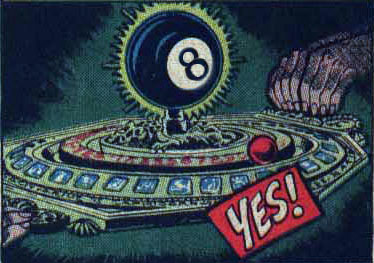
Of course, the Eye doesn't necessarily have to go: with a minor change it could become a representative of that most modern of divinatory techniques, the Magic 8 Ball, which I'm going to call billiardomancy. It may not be etymologically correct, but dammit, I like it. Plus I don't know how to say pool ball in Greek.

Of course, if the Eye were actually on fire rather than merely being surrounded by an eerie plastic glow, you could get up to both pyromancy, which involves looking for signs in the shape of flames, and empyromancy, or burning things and then... somehow telling the future from the way that they burn. I really wish that I'd known about empyromancy when I was a teenager - I could have been the most future-aware kid in school.
Oh, and I guess that you could get up to a bit of scapulimancy, but really: who has enough shoulder blades laying around for that any more?

Of course, if you're already doing some divination by a fire, you might as well get up to a bit of axinomancy, or - you guessed it - divination by means of making an axe red hot and observing the motions of a piece of jet placed upon its surface. Always a hit at camp-outs.
All of these are certainly opportunities that Transogram missed, but none of them sadden me more than the exclusion of my newly-discovered favourite method of divination: gyromancy.

Gyromancy is the noble art of spinning around until you get dizzy and fall over, the direction of your fall being the significant factor. Transogram, if you still exist as a company, take note: above is my concept sketch for the Ka-Bala Gyroscopy Plus, with ride-in Eye of Zohar. Just climb inside and the mystic orb will do the rest, whirling around and around until you're so dizzy that you can't help but accurately predict the future! Call me!
One last thing: I'd only ever encountered the one Ka-Bala ad, so imagine my surprise when I found a second. Here it is, for posterity:

Poor Billy. This is the Sixties equivalent of your parents figuring out how to use the email.


